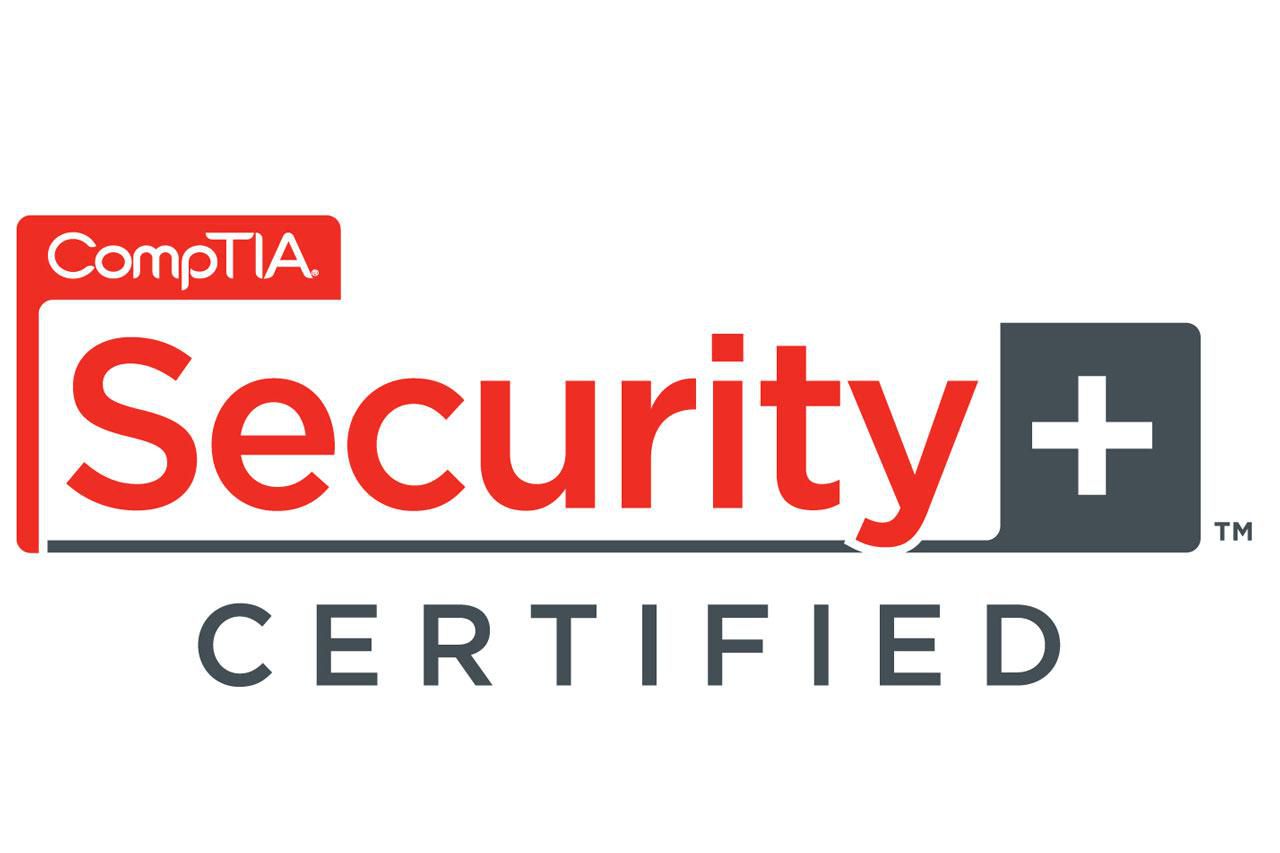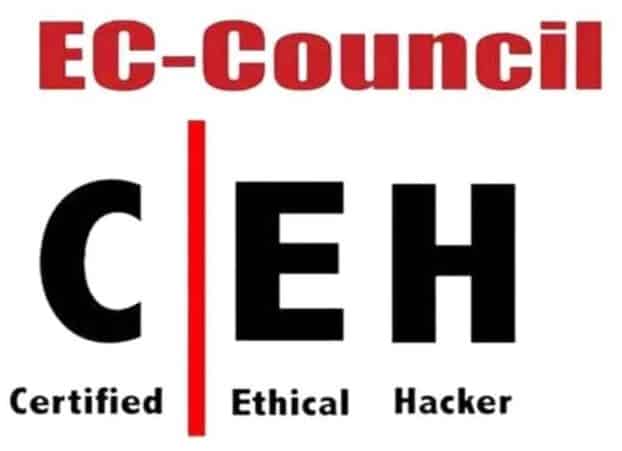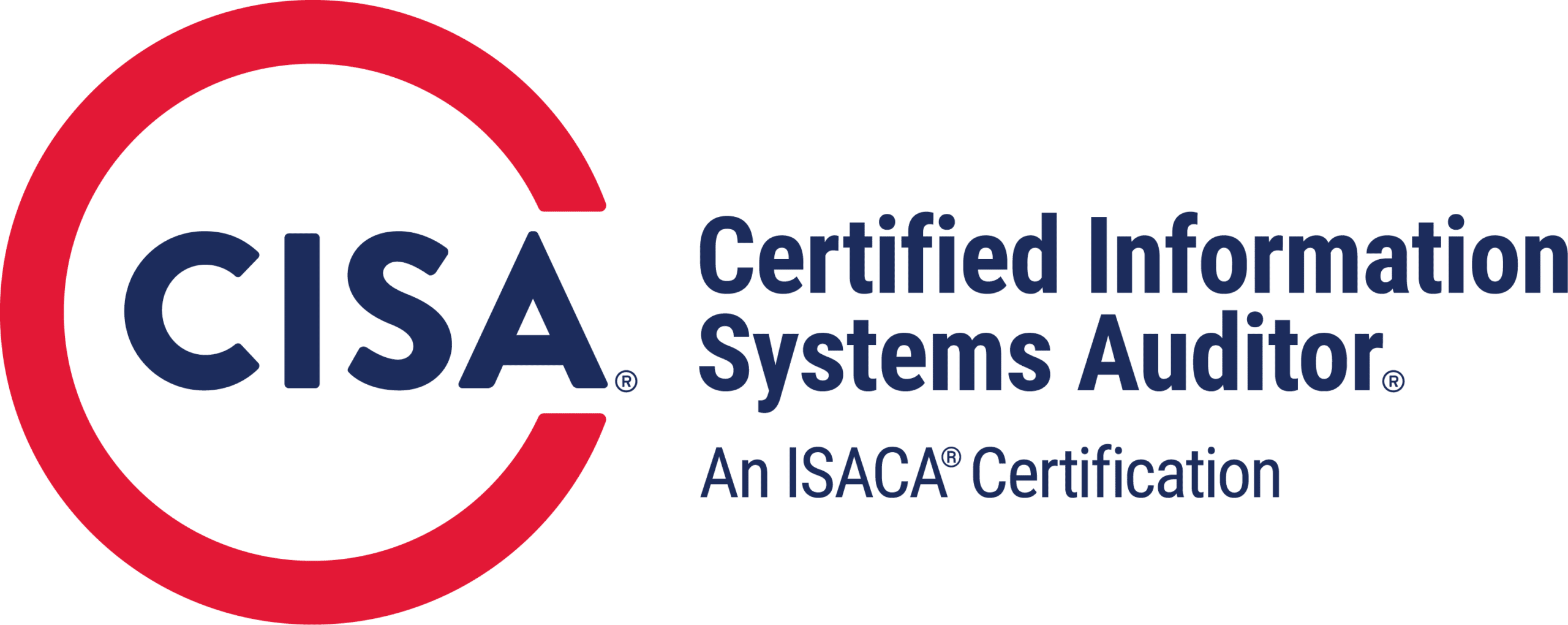Welcome to this comprehensive article on cybersecurity risk management. In today’s digital landscape, managing cyber risk is more critical than ever. With the increasing complexity of architectures, reliance on third-party vendors, and the proliferation of laws and regulations, organizations must stay vigilant to protect their valuable assets.
As a cybersecurity professional, I understand the challenges businesses face in navigating this complex landscape. In this article, I will delve into various frameworks and best practices to help you effectively manage cybersecurity risks. By building knowledge, identifying critical action steps, and understanding essential capabilities, you can enhance your organization’s security posture and protect against cyber threats.
Key Takeaways:
- Implementing cybersecurity risk management is crucial in today’s digital landscape.
- Frameworks and best practices provide guidance for assessing and mitigating risks.
- Cyber threats can manifest in various forms, including malicious attacks and human errors.
- Mitigating cybersecurity risks involves a combination of technological measures and best practices.
- Ongoing monitoring and vulnerability risk management are essential for maintaining security.
The Difficulty of Managing Cyber Risk Today
Managing cybersecurity risk has become increasingly challenging in today’s digital landscape. Organizations face numerous obstacles that make it difficult to effectively protect their systems and data. These challenges include the complexity introduced by cloud services and third-party vendors, the ever-changing landscape of laws and regulations, and the impact of the COVID-19 pandemic.
Cloud services and reliance on third-party vendors have revolutionized the way organizations operate, but they have also introduced new risks. As organizations increasingly rely on cloud services and outsource various functions to vendors, they must ensure that proper security measures are in place. Failure to adequately assess and manage vendor risk can result in significant vulnerabilities that can be exploited by malicious actors.
The constant evolution of laws and regulations further complicates cybersecurity risk management. Organizations must stay up to date with industry-specific and regional compliance requirements, as non-compliance can have severe legal and financial consequences. From the European Union’s General Data Protection Regulation (GDPR) to the California Consumer Privacy Act (CCPA), organizations must navigate a complex web of regulations to ensure the privacy and security of their customers’ data.
The ongoing COVID-19 pandemic has added another layer of complexity to cybersecurity risk management. With the rapid shift to remote work, organizations have had to quickly adapt their security measures to accommodate a distributed workforce. Additionally, budget cuts and resource constraints resulting from the pandemic have forced organizations to prioritize their cybersecurity efforts and make difficult decisions about resource allocation.
The Importance of Effective Cybersecurity Risk Management
Amid these challenges, it is crucial for organizations to recognize the importance of effective cybersecurity risk management. By implementing comprehensive strategies and best practices, organizations can mitigate risks, protect sensitive data, and safeguard their reputation. Cybersecurity risk management should be an integral part of every organization’s overall risk management framework, with a holistic and proactive approach.
By prioritizing cybersecurity risk management, organizations can identify and address potential threats and vulnerabilities before they result in significant damage. It is not solely the responsibility of the security team, but rather a collective effort that involves all employees and business unit leaders. By fostering a culture of cybersecurity awareness and accountability, organizations can build resilience and reduce their overall risk exposure.
The Importance of Cybersecurity Risk Management
Cybersecurity risk management is a critical and ongoing process that organizations must prioritize. In today’s digital landscape, threats are constantly evolving, making it necessary to have a proactive approach to identify and address potential risks. It is not enough to rely solely on the security team; all employees and business unit leaders must play a role in maintaining a secure environment.

Threat identification is a key component of effective cybersecurity risk management. By continuously monitoring and analyzing potential risks, organizations can stay ahead of emerging threats and take appropriate actions to mitigate them. This includes identifying vulnerabilities in systems and processes, as well as potential areas of weakness in third-party relationships.
Adopting a holistic perspective is vital in addressing cybersecurity risk comprehensively. This means considering not only technical vulnerabilities but also organizational, human, and regulatory aspects. By taking a holistic approach, organizations can prioritize and allocate resources effectively to manage risk and protect valuable assets.
Understanding the Cybersecurity Risk Management Process
Effective cybersecurity risk management requires a comprehensive understanding of the risk management process. This process involves several key steps, including risk identification, risk assessment, risk mitigation, and risk response.
Risk identification is the first step in the process, and it involves identifying potential risks and vulnerabilities within the organization’s systems and infrastructure. This can be done through various methods, such as conducting risk assessments, analyzing historical data, and leveraging threat intelligence.
Once risks have been identified, the next step is risk assessment. This involves evaluating the likelihood and potential impact of each identified risk. By quantifying the level of risk, organizations are able to prioritize which risks require immediate attention and allocate resources accordingly.
After assessing the risks, the next step is risk mitigation. This involves implementing strategies and controls to reduce the likelihood or impact of identified risks. Common risk mitigation measures include implementing security controls, conducting employee training, and performing regular system updates and patches.
Lastly, organizations must have a plan in place for risk response. This involves having predefined procedures and protocols in place to address and mitigate any potential risks that may arise. A well-defined risk response plan ensures that organizations can effectively respond to incidents, minimize the impact, and restore normal operations in a timely manner.
| Risk Identification | Risk Assessment | Risk Mitigation | Risk Response |
|---|---|---|---|
| Identify potential risks and vulnerabilities | Quantify the level of risk | Implement strategies and controls | Have predefined response procedures and protocols |
| Conduct risk assessments | Quantify level of risk | Implement security controls | Minimize impact and restore normal operations |
| Analyze historical data | Priority attention to high-risk areas | Conduct employee training | |
| Leverage threat intelligence | Allocate resources effectively | Perform regular updates and patches |
Cyber Threats and Risk Assessment
In today’s interconnected world, organizations face a multitude of cyber threats that have the potential to disrupt operations, compromise sensitive data, and inflict severe financial and reputational consequences. Understanding these threats and conducting a comprehensive risk assessment is crucial for mitigating the potential impact.
Cyber threats can take various forms, ranging from sophisticated hacking attempts to human errors and natural disasters. Hackers employ advanced techniques to exploit vulnerabilities in information systems, gaining unauthorized access to sensitive data or disrupting critical systems. Moreover, employees’ inadvertent mistakes, such as clicking on malicious links or falling victim to social engineering attacks, can also expose organizations to significant risk. Additionally, unexpected events like power outages, natural disasters, or global pandemics can disrupt normal business operations and expose vulnerabilities.
To effectively manage cyber threats, organizations must conduct regular risk assessments. These assessments help identify and prioritize potential risks based on their likelihood and potential consequences. By understanding the specific threats they face and their potential impact, organizations can allocate resources and implement appropriate safeguards to mitigate the risks.
By gaining a comprehensive understanding of cyber threats and conducting meticulous risk assessments, organizations can proactively identify vulnerabilities and implement robust cybersecurity measures. This ongoing process of risk assessment and mitigation is critical for maintaining a strong security posture and safeguarding against potential cyber threats.
Mitigating Cybersecurity Risks
Implementing effective cybersecurity risk mitigation measures is essential for organizations to protect their sensitive data and prevent potential cyber threats. By utilizing a combination of technological measures and implementing best practices, businesses can significantly reduce their cybersecurity risks and enhance their overall security posture.
“The only secure computer is one that’s unplugged, locked in a safe, and buried 20 feet under the ground in a secret location… and I’m not even too sure about that one.” – Dennis Huges
When it comes to risk mitigation, organizations should consider various technological measures to safeguard their systems and networks. Encryption technologies can be implemented to protect confidential data, ensuring that even if the information is intercepted, it cannot be easily accessed or understood by unauthorized individuals. Firewalls act as a protective barrier, monitoring incoming and outgoing network traffic to block potentially malicious activity. Regular software updates are also crucial in mitigating risks, as they often include patches and fixes for known vulnerabilities.
In addition to technological measures, implementing best practices should be a priority for organizations to mitigate cybersecurity risks effectively. Cybersecurity training programs can educate employees about the importance of data security, phishing awareness, and safe online practices. By creating a culture of cybersecurity within the organization, employees become more vigilant and proactive in identifying and reporting potential threats. Regular security audits and vulnerability assessments help identify weaknesses in the system, allowing organizations to proactively address potential risks before they can be exploited.
| Risk Mitigation Measures | Description |
|---|---|
| Encryption | Protects sensitive data by converting it into unreadable code, rendering it useless to unauthorized individuals. |
| Firewalls | Forms a protective barrier between internal networks and external threats, monitoring and filtering network traffic. |
| Regular Software Updates | Ensures that systems and software are up to date with the latest security patches and fixes. |
| Cybersecurity Training Programs | Educates employees about data security best practices, raising awareness and promoting a culture of cybersecurity within the organization. |
| Security Audits and Vulnerability Assessments | Regularly evaluates the organization’s security posture, identifies weaknesses, and allows for proactive risk mitigation. |
It’s important to note that despite implementing robust risk mitigation measures, there may still be residual risk present. Ongoing monitoring is necessary to identify and address any potential vulnerabilities that may emerge over time. Additionally, organizations must weigh the cost of risk mitigation efforts against the potential impact of an incident and make informed decisions regarding the acceptance or further management of residual risks.
Understanding Residual Risk
Residual risk refers to the level of risk that remains after implementing risk mitigation measures. It is important to accept that no system or approach can provide complete protection against all cyber threats. By understanding the concept of residual risk, organizations can prioritize their resources and focus on monitoring and managing the most significant risks.
Ultimately, mitigating cybersecurity risks requires a multi-faceted approach that combines technological measures, best practices, and ongoing monitoring. By implementing these strategies, organizations can minimize the potential impact of cyber threats and protect their valuable assets from unauthorized access or compromise.
Cyber Risk Management Frameworks
When it comes to effectively managing cyber risk, organizations can benefit from utilizing established frameworks designed to guide their risk management efforts. These frameworks provide comprehensive standards and guidelines for assessing and mitigating cyber risks. Some widely recognized frameworks include:
- The NIST Cybersecurity Framework: Developed by the National Institute of Standards and Technology, this framework helps organizations identify, assess, and manage cybersecurity risks. It provides a common language and a structured approach for managing and communicating cyber risk management activities.
- ISO 27001: This international standard sets the criteria for establishing, implementing, maintaining, and continually improving an information security management system. It helps organizations protect their information assets, manage risks effectively, and achieve compliance with applicable laws and regulations.
- DoD RMF: The Department of Defense Risk Management Framework provides a structured process for managing and communicating cybersecurity risks within the defense industry. It helps organizations assess and mitigate risks associated with their information systems and ensure the protection of critical defense-related information.
- FAIR Framework: The Factor Analysis of Information Risk (FAIR) framework is a quantitative risk analysis and management methodology. It provides organizations with a structured approach to assess and measure cyber risks, enabling better decision-making and resource allocation.
Each of these frameworks offers unique insights and methodologies for approaching cyber risk management. Organizations can choose the framework that aligns best with their specific industry, regulatory requirements, and risk management goals. By leveraging these frameworks, organizations can enhance their cybersecurity posture and effectively safeguard their critical assets.
| Framework | Description | Benefits |
|---|---|---|
| NIST Cybersecurity Framework | A comprehensive framework developed by NIST to help organizations identify, assess, and manage cybersecurity risks. | Provides a common language for cybersecurity, facilitates risk communication, and enables a structured approach to risk management. |
| ISO 27001 | An international standard that sets the criteria for establishing and maintaining an information security management system. | Helps organizations protect information assets, achieve compliance, and manage risks effectively. |
| DoD RMF | A framework developed by the Department of Defense to manage and communicate cybersecurity risks within the defense industry. | Ensures the protection of critical defense-related information and provides a structured process for risk management. |
| FAIR Framework | A quantitative risk analysis and management methodology that enables organizations to assess and measure cyber risks. | Enables better decision-making, and resource allocation, and provides a structured approach to risk assessment. |
By implementing these frameworks and incorporating their principles into their risk management processes, organizations can establish a robust cybersecurity program that effectively addresses and mitigates cyber risks.
Best Practices for Cybersecurity Risk Assessment
As cybersecurity risk management becomes increasingly crucial in today’s digital landscape, organizations must prioritize the assessment of these risks to effectively protect their assets. Incorporating cybersecurity into the overall risk management framework is essential for comprehensive risk assessment. By integrating cybersecurity as a core component, organizations can identify potential vulnerabilities and prioritize risks based on their potential impact.
One best practice for cybersecurity risk assessment is to build cybersecurity into the enterprise risk management framework. By aligning cybersecurity efforts with the broader risk management strategy, organizations can establish a unified approach to risk assessment and mitigation. This integration allows for a holistic view of risks and helps ensure that cybersecurity measures are implemented consistently throughout the organization.
Another key best practice is to prioritize risks based on potential impact. Not all risks are created equal, and it is essential to allocate resources effectively. By conducting a thorough risk assessment, organizations can identify the risks that pose the greatest threat to their assets and prioritize them accordingly. This prioritization enables organizations to focus their efforts on mitigating the most critical risks first, maximizing the effectiveness of their cybersecurity measures.
In summary, cybersecurity risk assessment is a vital component of effective risk management. By incorporating cybersecurity into the risk management framework and prioritizing risks based on potential impact, organizations can identify and address vulnerabilities more effectively. These best practices help ensure that cybersecurity measures are implemented consistently and resources are allocated efficiently to minimize the overall risk exposure.
Benefits of Cybersecurity Risk Management
Implementing effective cybersecurity risk management practices offers several key benefits for organizations. In addition to safeguarding sensitive data and protecting against cyber threats, ongoing monitoring is a crucial component of a comprehensive risk management strategy. Continuous monitoring allows for the timely detection of potential vulnerabilities and threats, enabling proactive measures to be taken to mitigate risks before they escalate.
Vulnerability risk management is another important aspect of cybersecurity risk management. By identifying and addressing vulnerabilities in a timely manner, organizations can significantly reduce the likelihood of successful cyber attacks. Regular vulnerability assessments and patching of software and systems are essential for maintaining a strong security posture.
Furthermore, implementing cybersecurity risk management practices promotes situational awareness within organizations. This means having a clear understanding of the current risk landscape and being able to make informed decisions about risk mitigation strategies. By staying informed about emerging threats, industry trends, and regulatory changes, organizations can adapt their cybersecurity measures to effectively address new risks.
The Importance of Ongoing Monitoring and Situational Awareness
Ongoing monitoring is essential in cybersecurity risk management because it enables organizations to stay vigilant and respond quickly to changes in the threat landscape. By continuously monitoring network activity, system logs, and security alerts, organizations can detect and respond to potential breaches or unauthorized access attempts in real time.
| Benefits of Cybersecurity Risk Management |
|---|
| Protection against cyber threats |
| Ongoing monitoring for timely detection of vulnerabilities and threats |
| Effective vulnerability risk management |
| Promotion of situational awareness |
Having a comprehensive understanding of the organization’s risk landscape allows for informed decision-making when it comes to prioritizing resources and implementing risk mitigation strategies. This level of situational awareness can help organizations align their cybersecurity efforts with business objectives, ensuring that security measures are effective and efficient.
In conclusion, cybersecurity risk management is an ongoing process that provides numerous benefits for organizations. Through ongoing monitoring, vulnerability risk management, and situational awareness, businesses can protect against cyber threats and respond effectively to changes in the threat landscape. By implementing these practices, organizations can enhance their security posture and maintain the confidentiality, integrity, and availability of their critical data and systems.
Cybersecurity Risk Management Strategy
When it comes to cybersecurity risk management, organizations need a comprehensive and effective strategy to protect their valuable assets. This strategy involves four key components: map, monitor, mitigate, and manage. By implementing a robust cybersecurity risk management strategy, organizations can proactively identify and address potential threats, ensuring the security and integrity of their systems and data.
The first step in the strategy is to map the organization’s digital landscape. This involves conducting a thorough assessment of all systems, networks, and data repositories to identify potential vulnerabilities and understand the interconnectedness of various assets. By visualizing the entire cybersecurity infrastructure, organizations can gain a better understanding of their risk exposure and prioritize their efforts accordingly.
Once the map is in place, the next step is to monitor for any potential threats or suspicious activities. This involves implementing advanced threat detection and monitoring tools that can continuously scan the network for any signs of unauthorized access, malware, or unusual behavior. By maintaining constant vigilance, organizations can quickly detect and respond to potential cyber threats before they cause significant damage.
When a threat is detected, the organization must take immediate action to mitigate the risk. This involves implementing a range of security measures, such as strong access controls, encryption, and regular patching, to prevent or minimize the impact of an attack. It also includes educating employees about cybersecurity best practices and ensuring that all systems and software are up to date and secure.
Finally, organizations must manage the ongoing cybersecurity risks by establishing robust incident response plans, conducting regular risk assessments, and continuously monitoring and updating their security measures. This includes reviewing and refining the cybersecurity risk management strategy to adapt to evolving threats and technologies.
Cybersecurity Risk Management Training and Certification
The Certified in Risk and Information Systems Control (CRISC) is an ISACA certification for IT professionals specializing in managing enterprise IT risk and implementing information systems controls. This credential proves expertise in risk identification, assessment, response, mitigation, and control monitoring and reporting. It’s closely tied to cybersecurity risk management through its focus on understanding and mitigating cybersecurity threats and vulnerabilities. CRISC-certified professionals are trained to align cybersecurity initiatives with broader organizational risk management strategies, ensuring that information systems are protected against the evolving landscape of cyber threats. They also play a vital role in advising on risk management decisions, designing appropriate risk responses, and monitoring the effectiveness of information systems controls. In the face of increasing cyber incidents, CRISC holders are crucial in safeguarding an organization’s informational assets.
Conclusion
In conclusion, cybersecurity risk management is a crucial aspect of modern business operations. By effectively identifying, assessing, and mitigating risks, organizations can enhance their security posture and protect against cyber threats.
Implementing best practices and utilizing risk management frameworks, such as the NIST Cybersecurity Framework, ISO 27001, DoD RMF, and the FAIR Framework, provides a solid foundation for managing cyber risk. These frameworks offer guidelines for assessing risks, implementing mitigation strategies, and maintaining ongoing monitoring and vulnerability risk management.
It is important to understand that cybersecurity risk management is an ongoing process that requires the involvement of all employees and business unit leaders. By integrating cybersecurity into the enterprise risk management framework and prioritizing risks, organizations can ensure that security is not an afterthought and maintain situational awareness for informed decision-making.
In today’s complex and rapidly evolving digital landscape, organizations must remain vigilant and proactive in their approach to cybersecurity risk management. By following best practices and leveraging the appropriate frameworks, businesses can stay ahead of cyber threats and safeguard their valuable assets.
FAQ
What is cybersecurity risk management?
Cybersecurity risk management is an ongoing process that involves identifying, analyzing, evaluating, and addressing threats to protect against cyberattacks and data breaches.
Why is cybersecurity risk management important?
Cybersecurity risk management is crucial because it helps organizations understand their level of risk, implement appropriate mitigation strategies, and ensure ongoing monitoring and vulnerability risk management.
How can organizations assess and prioritize cybersecurity risks?
Organizations can assess and prioritize cybersecurity risks by conducting risk assessments, which involve identifying and evaluating vulnerabilities and potential impacts. This helps organizations prioritize risks based on their likelihood and potential consequences.
What are some best practices for mitigating cybersecurity risks?
Best practices for mitigating cybersecurity risks include employing technological measures like encryption and firewalls, implementing cybersecurity training programs, and regularly updating software and systems.
What frameworks are available for managing cyber risk?
Some frameworks for managing cyber risk include the NIST Cybersecurity Framework, ISO 27001, DoD RMF, and the FAIR Framework. These frameworks offer guidelines and standards for assessing and mitigating risks.
How can organizations integrate cybersecurity into their risk management framework?
Organizations can integrate cybersecurity into their risk management framework by identifying value-creating workflows, prioritizing risks, and implementing ongoing risk assessments as part of their overall enterprise risk management process.
What are the benefits of implementing cybersecurity risk management?
Implementing cybersecurity risk management ensures that security is not an afterthought but rather an integral part of operations. It helps maintain ongoing monitoring and vulnerability risk management while promoting situational awareness and informed decision-making.











